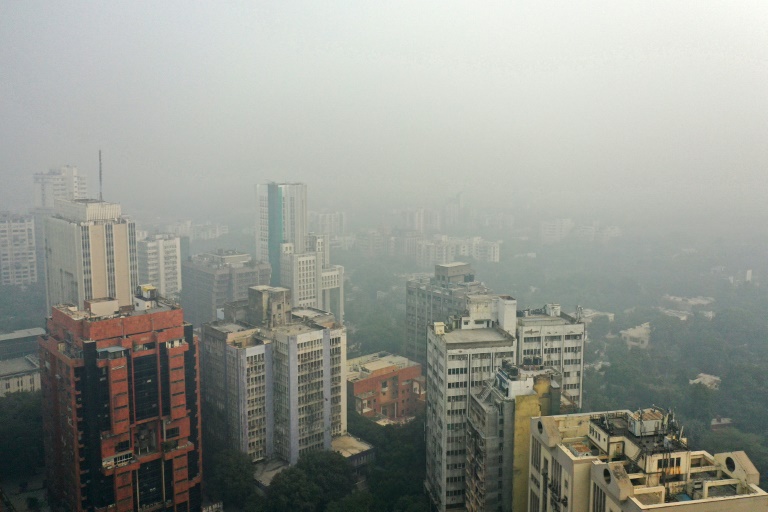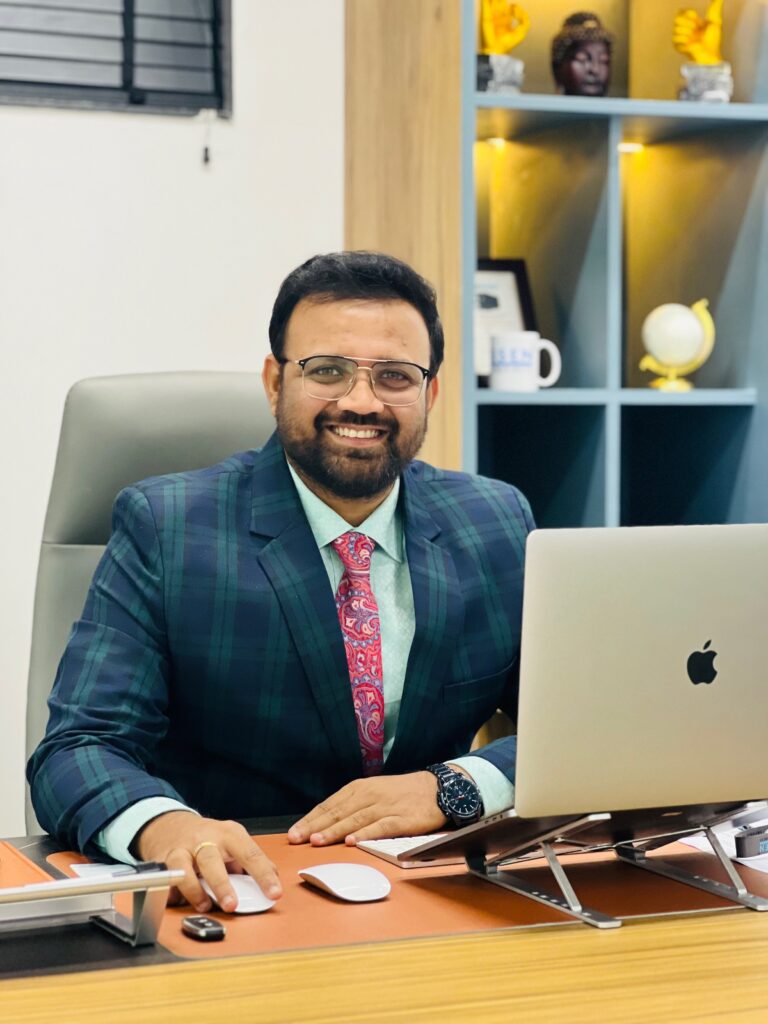
Delhi’s air pollution crisis escalated dramatically on Monday as toxic smog levels surged past 60 times the World Health Organization’s (WHO) recommended daily maximum. In response to the hazardous air quality, schools in the Indian capital switched to online classes, and various restrictions were imposed on diesel trucks and construction activities to mitigate further deterioration of air conditions.
According to IQAir pollution monitors, levels of PM2.5 — dangerous microparticles that can enter the bloodstream through the lungs and cause serious health issues — peaked at a staggering 907 micrograms per cubic meter on Monday morning. For comparison, the WHO considers any reading above 15 micrograms per cubic meter in a 24-hour period to be unhealthy. Some monitoring stations reported even more alarming readings, with one showing PM2.5 levels at 980 micrograms, a shocking 65 times the WHO’s recommended maximum.
The severe smog has once again engulfed Delhi, a city that sees such conditions annually, particularly during the winter months. The toxic haze is primarily attributed to stubble burning by farmers in nearby regions, traffic emissions, and factory pollutants. Additionally, a recent report from The New York Times revealed that dangerous fumes are also emanating from a power plant burning the city’s landfill garbage.
The health impact of this smog is particularly concerning for vulnerable groups, including children and the elderly. The city’s primary schools were instructed to cancel in-person classes from Thursday, and Monday saw further restrictions, including a reduction in diesel-powered vehicles and construction work. The Delhi government also advised residents, especially children and the elderly, to stay indoors whenever possible.
“The pollution is unbearable. My eyes are burning, but I have no choice but to stay on the road,” said Subodh Kumar, a 30-year-old rickshaw puller, who like many others, cannot afford to stay indoors. Rinku Kumar, another local rickshaw driver, expressed frustration with the inequality in dealing with the pollution. “The ministers and officials can afford to stay indoors, but what about us? We can’t even buy air purifiers,” he said.
While Delhi’s wealthier citizens may have the option of air purifiers and sealed homes, many of the city’s residents cannot escape the toxic air, which has already delayed dozens of flights over the past week.
The city, with a population of over 30 million, is no stranger to ranking among the world’s most polluted cities in the winter months. The cooler temperatures and slow winds trap the deadly pollutants, creating a blanket of smog that can last for weeks. The toxic haze has contributed to thousands of premature deaths each year and continues to pose a severe public health crisis.
Last month, the Supreme Court of India ruled that access to clean air is a fundamental human right and ordered the central and state governments to take decisive action. However, progress has been slow, with critics pointing to the ongoing political gridlock between the central and state governments, which has hindered effective measures.
Authorities remain hopeful that by keeping children at home, the reduction in traffic will help alleviate some of the pollution, but for many, the worsening conditions highlight a deeper, systemic issue with air quality and public health in the region. As Delhi grapples with yet another smog crisis, residents and officials alike are left to confront the pressing need for long-term solutions to the city’s air pollution problem.
Sources By Agencies




